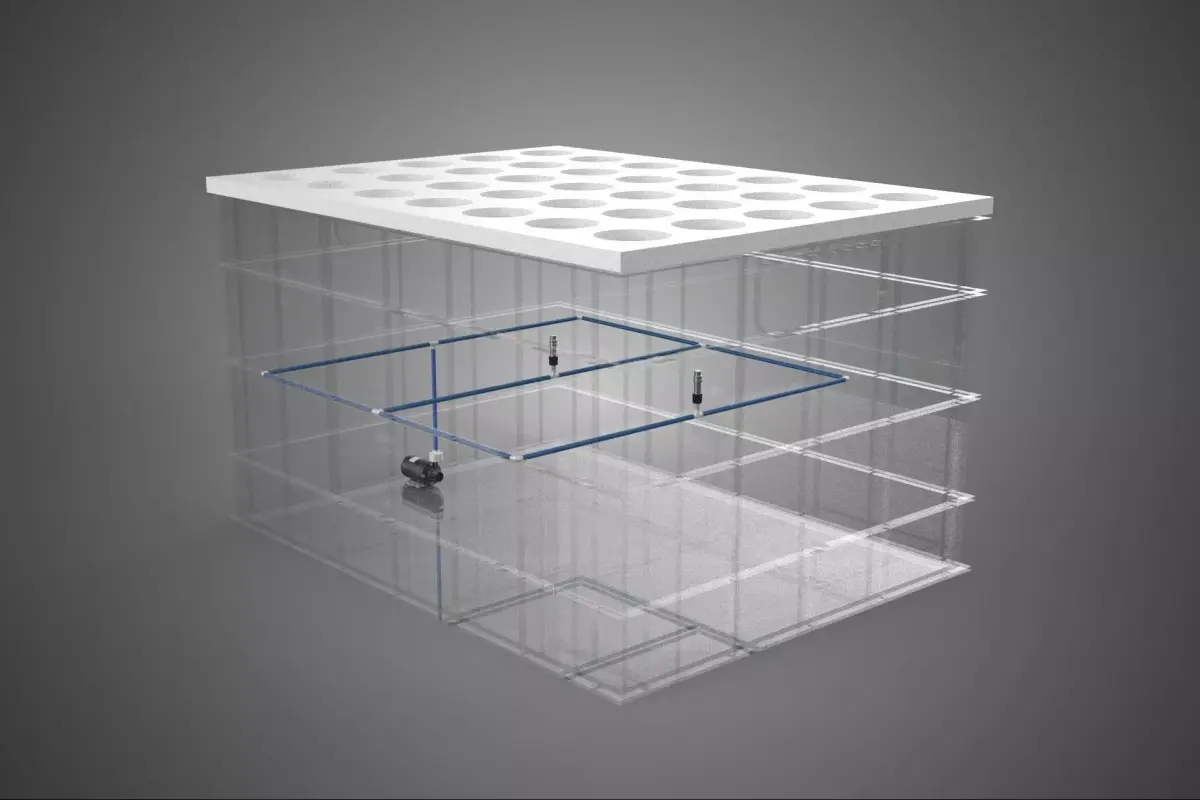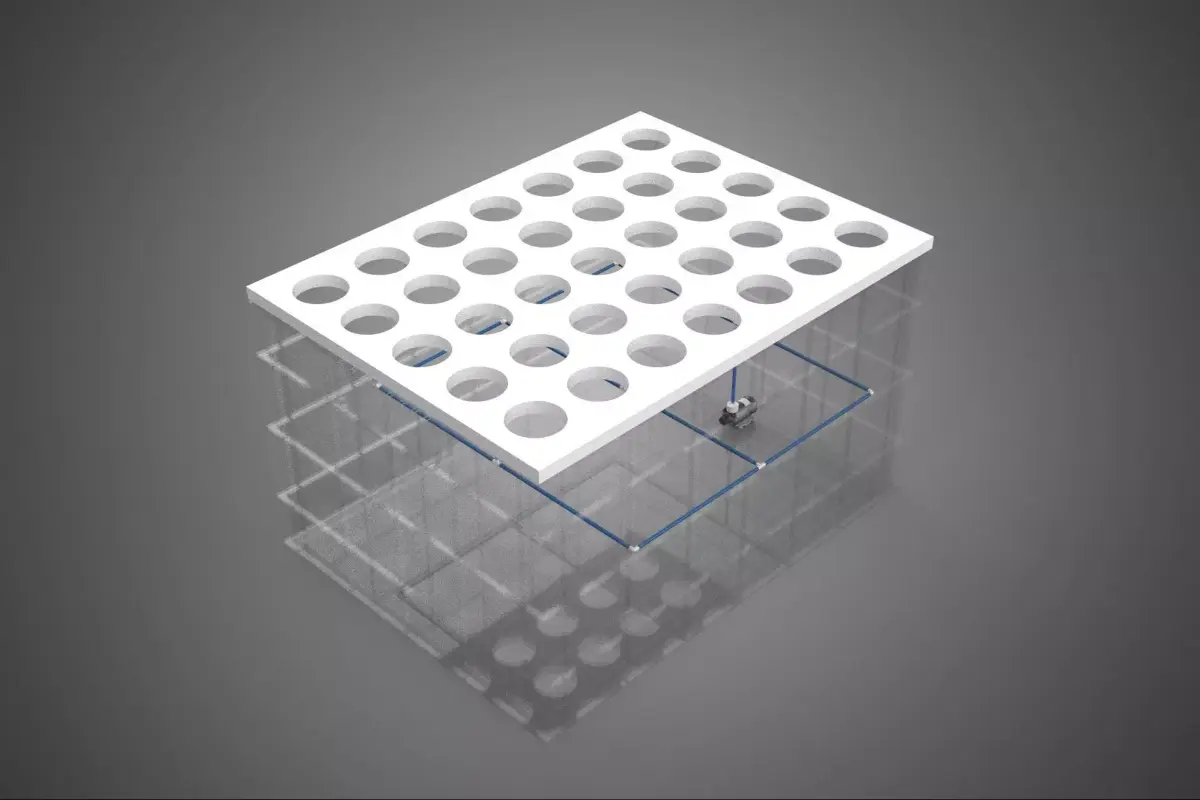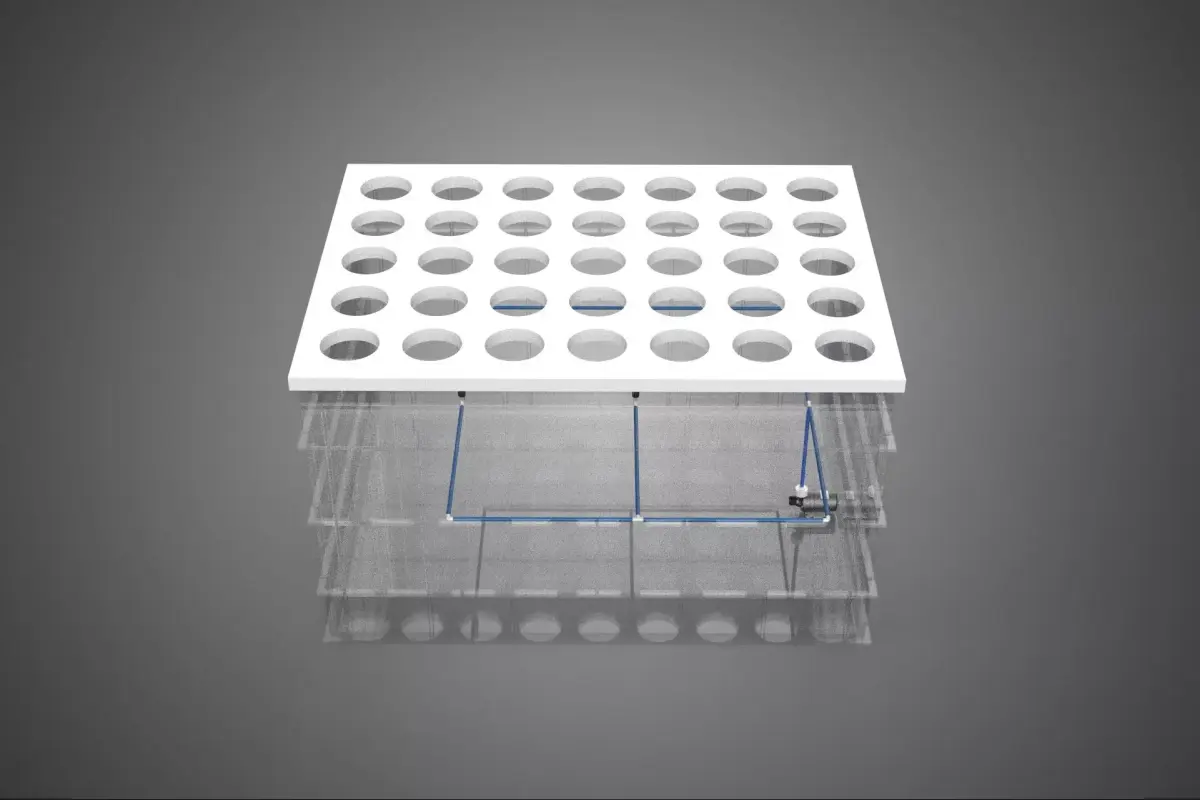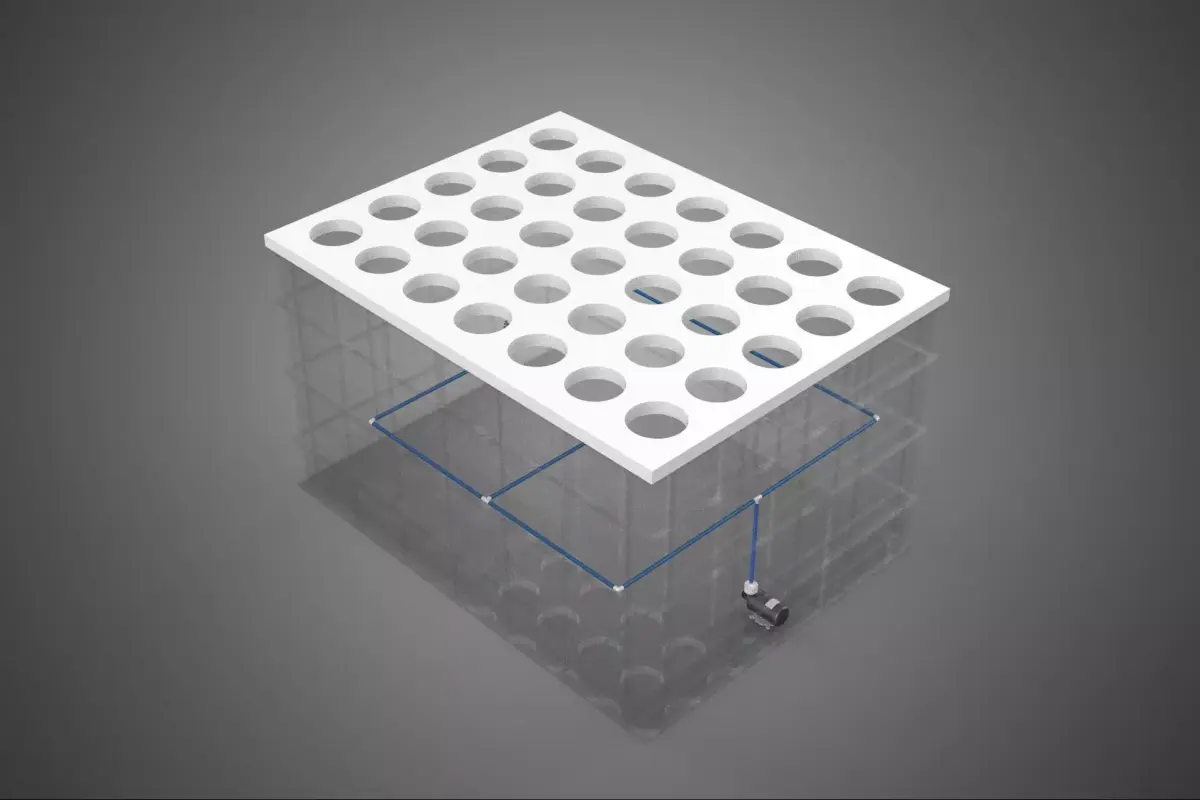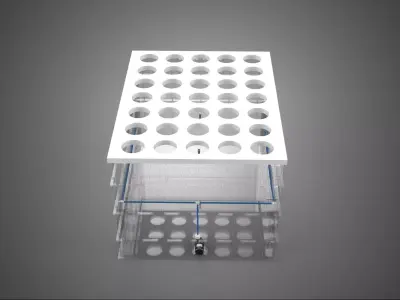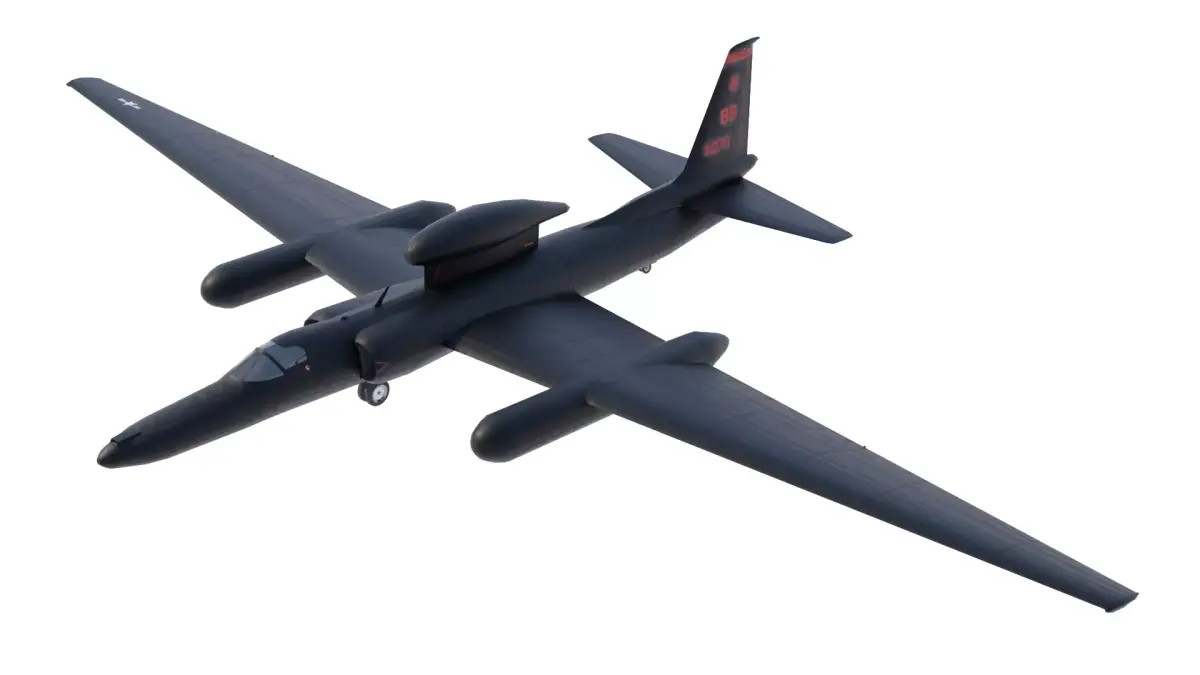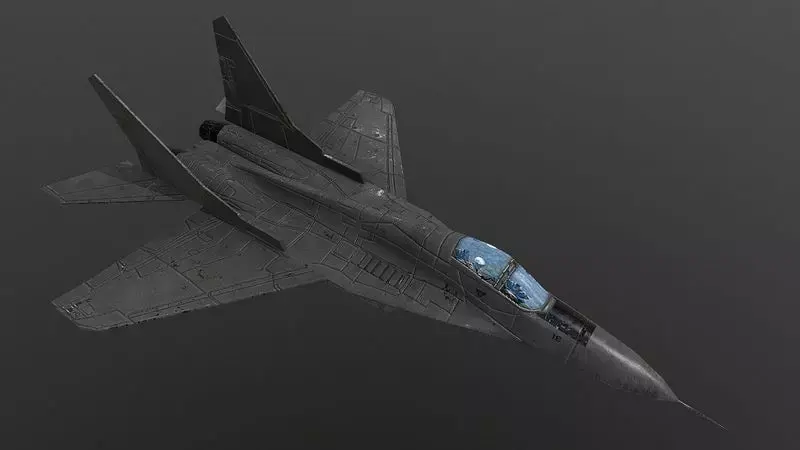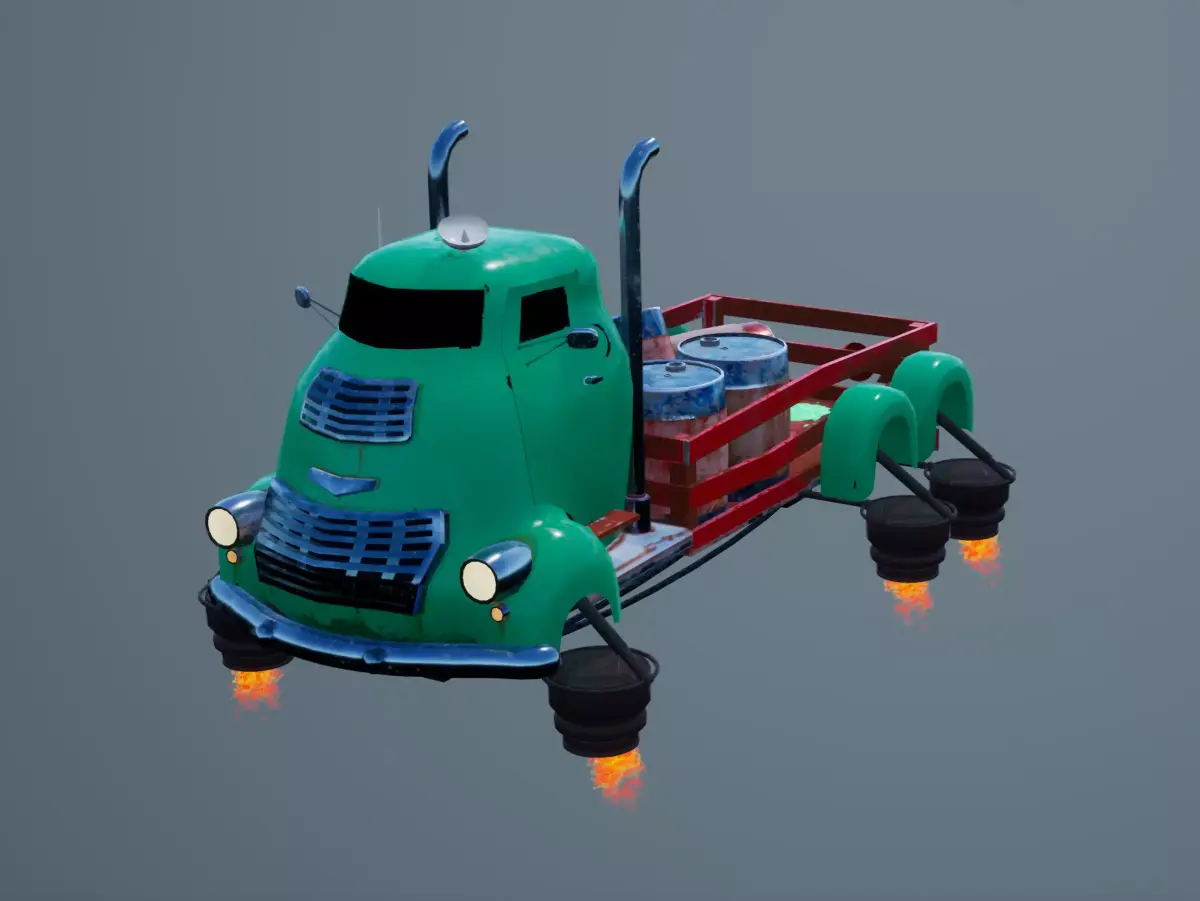- Description
- Formats
High-quality 3D assets at affordable prices — trusted by designers, engineers, and creators worldwide. Made with care to be versatile, accessible, and ready for your pipeline.
Included File Formats
This model is provided in 14 widely supported formats, ensuring maximum compatibility:
• - FBX (.fbx) – Standard format for most 3D software and pipelines
• - OBJ + MTL (.obj, .mtl) – Wavefront format, widely used and compatible
• - STL (.stl) – Exported mesh geometry; may be suitable for 3D printing with adjustments
• - STEP (.step, .stp) – CAD format using NURBS surfaces
• - IGES (.iges, .igs) – Common format for CAD/CAM and engineering workflows (NURBS)
• - SAT (.sat) – ACIS solid model format (NURBS)
• - DAE (.dae) – Collada format for 3D applications and animations
• - glTF (.glb) – Modern, lightweight format for web, AR, and real-time engines
• - 3DS (.3ds) – Legacy format with broad software support
• - 3ds Max (.max) – Provided for 3ds Max users
• - Blender (.blend) – Provided for Blender users
• - SketchUp (.skp) – Compatible with all SketchUp versions
• - AutoCAD (.dwg) – Suitable for technical and architectural workflows
• - Rhino (.3dm) – Provided for Rhino users
Model Info
• - All files are checked and tested for integrity and correct content
• - Geometry uses real-world scale; model resolution varies depending on the product (high or low poly)
• • - Scene setup and mesh structure may vary depending on model complexity
• - Rendered using Luxion KeyShot
• - Affordable price with professional detailing
Buy with confidence. Quality and compatibility guaranteed.
If you have any questions about the file formats, feel free to send us a message — we're happy to assist you!
Sincerely,
SURF3D
Trusted source for professional and affordable 3D models.
More Information About 3D Model :
The Irrigation Hose Spraying Layout Aeroponic Plant Hole Cultivation (IH-SLAPHC) refers to a specific, engineered system utilized in advanced horticulture, particularly within Controlled Environment Agriculture (CEA). This methodology combines specialized fluid delivery mechanisms (irrigation hose spraying layout) with the root-misting principle of aeroponics, integrated into a structural design that utilizes individual plant supports or containment units (plant hole cultivation).
IH-SLAPHC is a variation of true aeroponics, distinguished by its nutrient delivery mechanism, which typically employs a network of pressurized hoses and high-pressure spray nozzles rather than nebulizers or ultrasonic foggers. The primary goal is to suspend plant roots within an enclosed, light-impermeable chamber where a precisely calibrated nutrient solution is delivered as a fine mist or pressurized spray, maximizing oxygen exposure and nutrient uptake.
1. Irrigation Hose Spraying Layout (IH-SL):
This component consists of a closed-loop or recirculating fluid system. High-pressure pumps draw the buffered and pH-adjusted nutrient solution from a reservoir. This solution is then distributed through a network of durable, food-grade hoses (e.g., polyethylene or PVC). Nozzles, strategically positioned inside the root chambers, are crucial. These often include micro-jet sprayers or specialized pressure-compensating emitters designed to produce fine droplets (typically 5 to 50 micrometers in diameter, though high-pressure spray aeroponics may use slightly larger droplets than fog systems) that adhere readily to root hairs without waterlogging. The layout ensures uniform coverage across the entire root mass of all cultivated units. Delivery is usually intermittent, governed by timers or environmental sensors (e.g., vapor pressure deficit), to optimize root respiration.
2. Aeroponic Environment:
The root zone is isolated in a dark, humid environment that prevents algal growth and excessive transpiration. The principle of aeroponics mandates that the roots are suspended in air (or a gaseous mixture, typically ambient atmosphere), allowing for maximum gaseous exchange. The regular spraying cycles maintain a high relative humidity (typically 90–100%) within the chamber, preventing desiccation while ensuring roots receive the necessary mineral ions.
3. Plant Hole Cultivation (PHC):
PHC refers to the physical support structure. Plants are typically held upright using non-reactive collars (e.g., neoprene inserts or specialized grow plugs) inserted into holes in the structural panels or containers. These individual holes secure the stem or crown of the plant, allowing the bulk of the root system to hang freely within the dedicated aeroponic chamber. This modular design facilitates easy inspection, maintenance, and harvesting, and reduces the risk of widespread pathogen transmission compared to media-based systems.
The integration of these three elements offers several horticultural advantages:
- Water and Nutrient Efficiency: Aeroponic systems inherently use significantly less water and fertilizer compared to traditional soil or hydroponic systems (up to 98% less water than traditional agriculture).
- Accelerated Growth and Yield: Enhanced oxygen availability to the roots promotes rapid metabolic activity, leading to quicker vegetative growth, earlier maturity, and often higher yields.
- Disease Control: The lack of inert media eliminates many common soil-borne or media-borne pathogens, and the modular plant hole configuration allows for rapid isolation of infected units.
- Precise Control: The system allows for highly specific control over nutrient formulation, pH, temperature, and spray duration, optimizing conditions for specific crop stages (e.g., vegetative vs. flowering).
### Application and Implementation
IH-SLAPHC is widely applied in commercial production of high-value crops, including leafy greens (lettuce, spinach), herbs, small fruits (strawberries), and sometimes root crops like potatoes (for seed stock production). Implementation requires robust plumbing, precise pressure regulation, and sophisticated environmental controls (computerized monitoring of nutrient parameters and pump cycles) to maintain the delicate balance required for optimal root health.
KEYWORDS: Aeroponics, Controlled Environment Agriculture, CEA, Hydroponics, Nutrient Delivery System, Spraying Layout, Root Zone Management, Plant Hole Cultivation, High-Pressure Aeroponics, Soilless Culture, Recirculating System, Nutrient Film Technique, Deep Water Culture, Precision Agriculture, Horticulture, Vertical Farming, Root Oxygenation, Nutrient Solution, Spray Nozzle, Droplet Size, Root Chamber, Environmental Control, Crop Yield, Water Efficiency, Modular System, Neoprene Collars, Pumping System, Pressure Regulation, Micro-jets, Intermittent Spraying.
Features
- Animated
- Rigged
- Ready for 3D Printing
- VR / AR / Low-poly
- PBR
- Textures
- Materials
- UV Mapping
- Unwrapped UVs: Unknown
- Geometry: -
- Polygons: 70,105
- Vertices: 65,365
credited to its original author, «SURF3D». CGhub does not claim copyright ownership over the content used.
- Collada ()11.6 MB
- OBJ () (2 files)5.85 MB
- Autodesk 3ds Max ()16.2 MB
- IGES ()10.6 MB
- AutoCAD ()3.35 MB
- Autodesk FBX ()2 MB
- Rhinoceros 3D ()14.4 MB
- Stereolithography ()3.34 MB
- Blender ()6.6 MB
- glTF ()2.43 MB
- Sketchup ()4.78 MB
- STEP ()7.63 MB
- 3D ACIS ()7.25 MB
- 3D Studio ()2.19 MB

